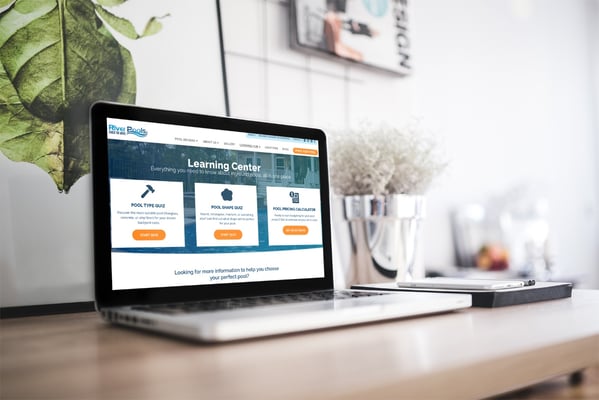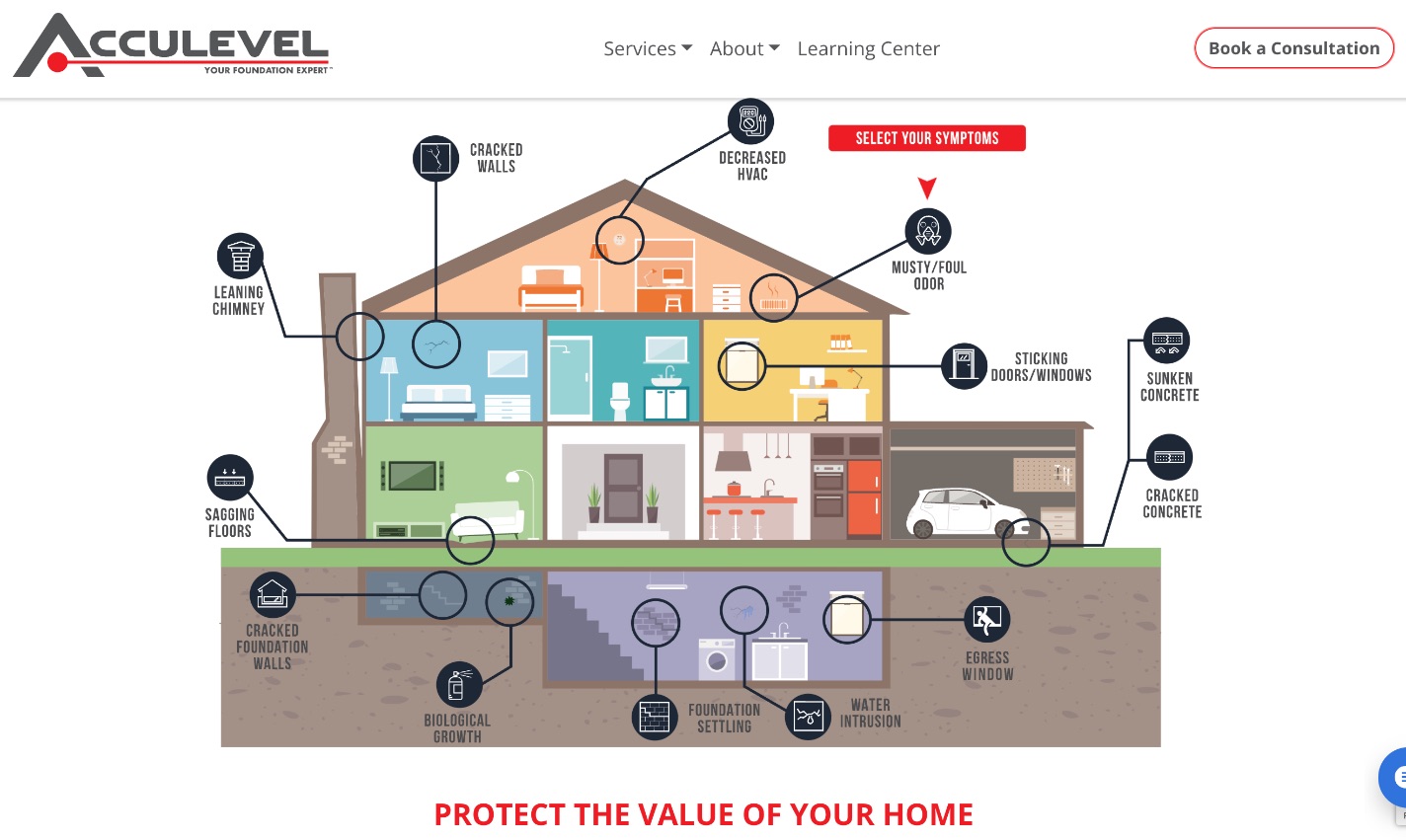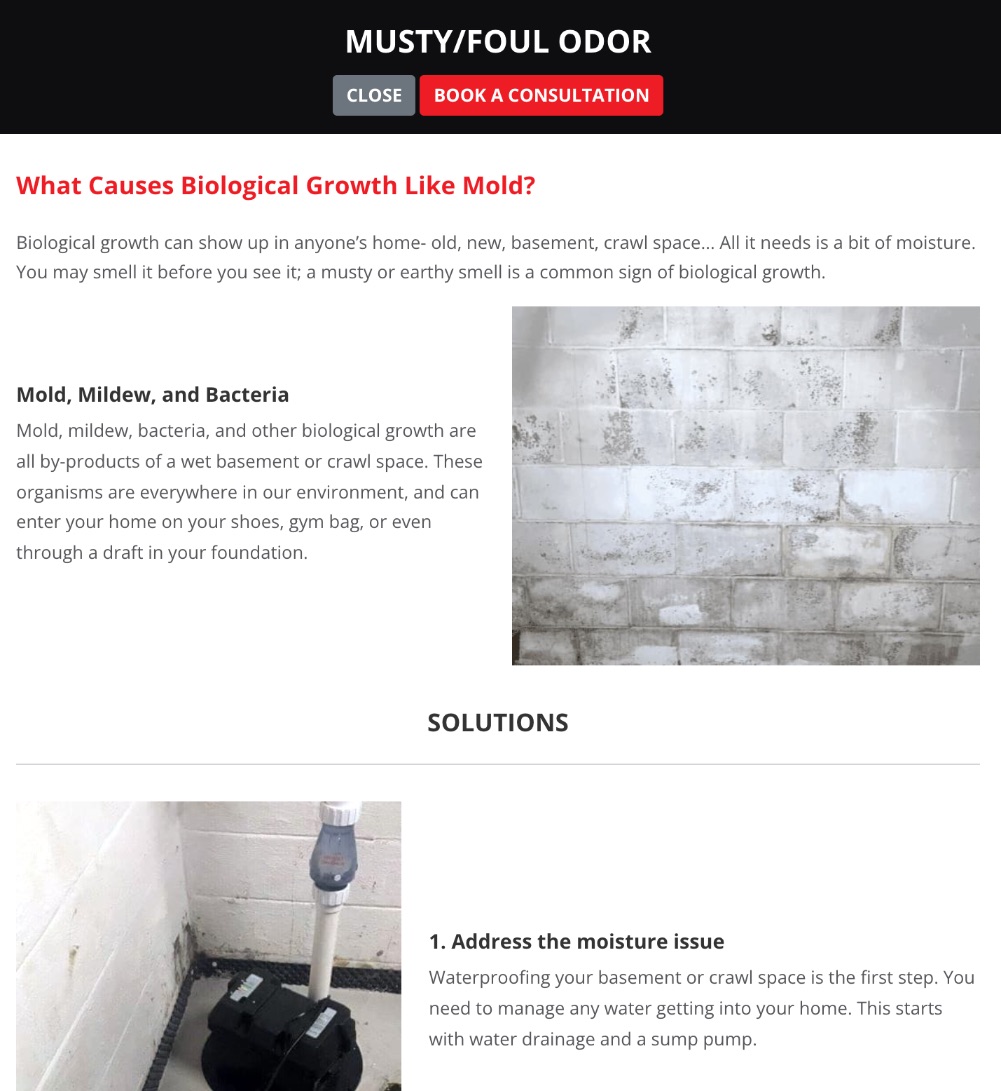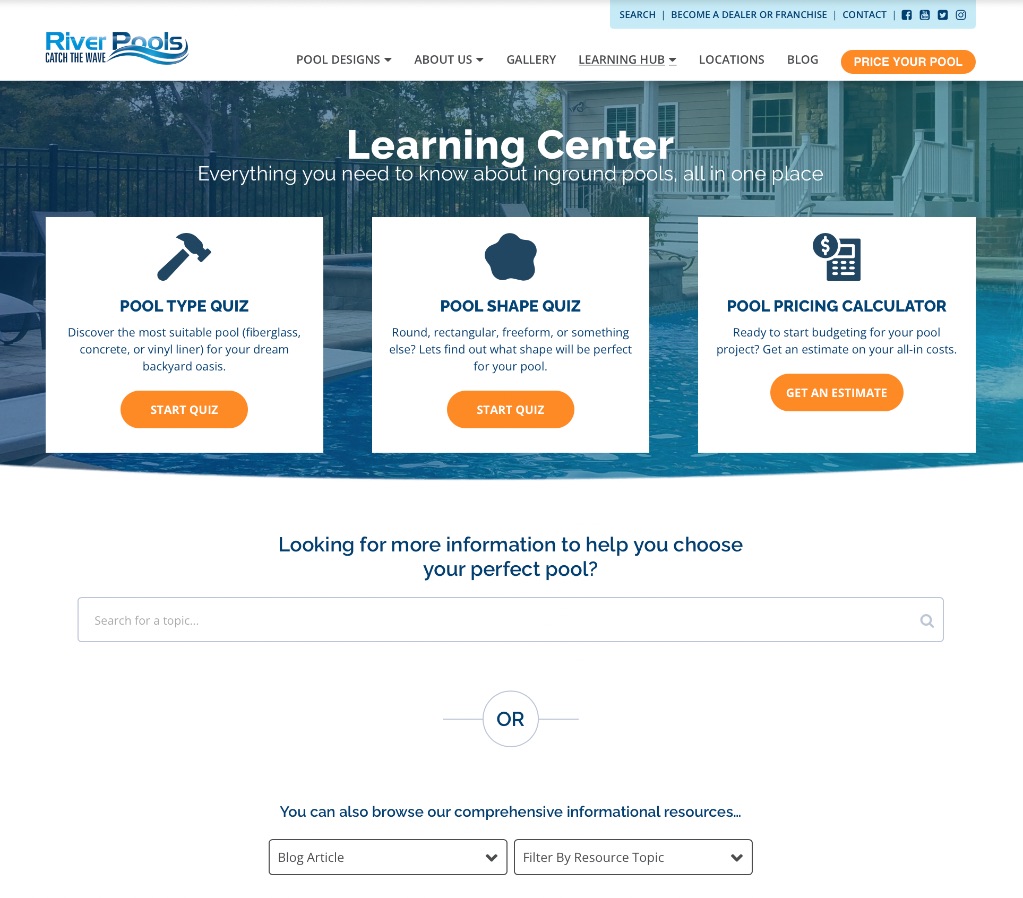Subscribe now and get the latest podcast releases delivered straight to your inbox.
How to Organize Content on Your Website

Oct 5, 2021

Whether your business is dipping its toes in creating content or going full steam ahead, that content needs to be easily accessible to your buyers. When it’s difficult for your visitors to immediately find what they’re looking for, they’re likely to leave your website frustrated, never to return.
If you’re like many of the people we talk to here at IMPACT, you already know your business needs a better way to organize content on your website, but you aren’t sure where to start.
We’ve taught hundreds of B2B and B2C businesses how to set up and organize a better content structure that has helped many generate millions in revenue. And with our experience, we can tell you that with a few fixes to your site, you can better serve your customers and be on your way to driving more traffic, leads, and sales.
In this article, you will learn:
- How buyers have changed and how big purchasing decisions are made today.
- How your website should be set up and organized to account for this change.
- Steps you can take to make your website the ultimate source of education for your industry.
With these tips, you’ll know exactly how to organize and present your content in a user-friendly way that will empower your ideal buyers and keep them engaged, learning, and more ready to buy.
How the buying process has changed
To better reach our buyers with content, we need to first understand how the buying process has changed.
Buyers once had their minds made up an average of 25% of the time before they walked into your business or talked to someone in sales, which meant sales teams had quite a bit of leeway to influence their buying decision.
Today, however, our prospects are far more educated. By the time your business knows a prospect exists — what we call the zero moment of truth — 80% of their buying decision is already made. This is because any time our prospects plan to make a purchase — especially large ones — they search for information about their options online. As they seek out answers to their questions, they begin to trust the companies that answer these questions as honestly and thoroughly as possible; and people buy from companies they trust.
Because there is so much information out there at our buyers’ fingertips, they’re empowered to make better buying decisions on their own.
What this means for your business, whether it’s B2B or B2C, is that the content you publish on your website has the power to answer your prospects’ questions and educate them in a particular way that drives company revenue — even more than your sales team. It also means you need to focus more on creating high-quality content for your buyers that also satisfies search engines.
To do this well, you need to have a lot of easily accessible, educational content on your website that increases search optimization and, even more importantly, answers all your buyers’ most pressing questions. This is so when your prospects find your blog posts and landing pages (or other content) and do reach out, they are better-fit leads who are 80% sure they’re handing their business to your company.
How to organize your website content for today’s buyer
Pause for a moment and think about what you look for when you first visit a website.
Do you look for information that addresses your needs and concerns? Or do you want to know about the company?
Chances are you’re looking for answers that solve your challenges and answer your questions. Hearing how great a company is or about its founders and how long the company has been around is the least of your concerns.
The same goes for your buyers. When they find your website, they want to know whether you can solve their problem or not. It’s that simple, yet most of us lead by saying how wonderful our businesses are. Your company is probably wonderful, but your website can only provide value for your buyers if you aim to help them — not by putting your needs first.
To do this, make sure your website, especially the homepage, references the word “you” (as in the prospect) five times for every one time it references “we” or “our” (as in your company).
How to lay out your homepage
Before you make any major changes to your homepage, understand that its primary focus, other than quickly showing prospects that your company solves their problems, is not to teach them everything you know, but to get your visitor to click to page 2.
This is because if someone lands on your homepage, that’s great — you now know they found you. But if they navigate to your pricing, products, or services pages, you know exactly what they’re looking for and your sales team will have a better idea of their needs.
Your homepage needs to:
- Avoid large paragraphs or blocks of text.
- Provide clean navigation that shows prospects where to go.
Take, for example, IMPACT client Acculevel, a B2C company that repairs building foundations. Immediately upon entering the site, prospects can see the selection of problems they might be facing and what the business can help them do: protect the value of their home.

Each “problem” you select has a pop-up with more information about why it’s happening and how to solve it.

This website clearly and easily leads prospects down the buyer’s journey, while educating and empowering them to make the 80% decision along the way. It also gives sales a heads up as to what issues their prospects are struggling with, in a way that is helpful for the business but also customer-focused.
You can achieve a simple, effective layout too by taking the following steps:
- Have a brainstorming session with your team where you answer, “What are the top questions/issues someone has when they come to our website?”
- Once you have a list, rank the answers in order of most to least important.
- From there, ask yourselves how your existing layout reflects what the buyer actually wants, and redesign it from there.
By using this process to re-evaluate your homepage, you will better meet your buyers’ needs and see a dramatic increase in dwell time on your website, which will also catalyze more leads and sales.
How to lay out the rest of your website content
After you have a better understanding of how to structure your homepage and what it’s for (getting prospects quickly and easily to page 2), you can then plan out the rest of your site.
You will always need content that explains what products and services you offer, so be sure not to skimp on those.
But the content you will inevitably focus on the most will be educational content that will make you the No. 1 teacher in your industry. This is the content that answers all your prospects’ questions and nudges them toward a sale. And it’s this content that you’ll be creating on a regular basis to drive more traffic, leads, and sales.
We teach our clients to organize all this content — blog articles, videos, whitepapers, buying guides, and more — in a centralized educational space we like to call the “learning center.”
River Pools does this well. As you can see below, they feature self-service tools, such as quizzes and pricing calculators, along with a search bar for easy navigating. For additional resources, you can also browse by type (article, video, etc.) and topic.
Although your learning center doesn’t have to be this involved, especially to start, it’s a good example of what’s possible with this type of content organization and shows you how easy it can be for prospects to find what they’re looking for.

To come up with what to include in your learning center and how, take these steps:
- Brainstorm the top 25 questions your prospects ask about your products and services.
- Ask yourselves how easy the answers to these questions are to find on your site. Are they on your site at all?
- Next, how well have you answered these questions in text and video format?
Once you’ve narrowed these down, you can draw your roadmap for filling in the educational gaps on your website, and make sure the most important questions are always front and center.
Also, make sure you organize topics in terms of group-related content centered around a similar theme. This means you have the main topic that each piece of content belongs to. This will help you easily build an organizational linking structure between relevant topics, which is helpful for SEO and signals to search engines that your content is grouped with relevant elements.
Organize your content more effectively today
You don’t have to wait to make these information architecture changes to your website — you can start brainstorming how to improve your layout and put these into practice and see better results immediately.
If you’re wondering which questions to answer on your website first — especially the most critical content that drives the most traffic, leads, and sales, no matter which industry your business serves — learn more about our award-winning inbound marketing framework They Ask, You Answer.
Some of the topics that work best across all business types include:
- The Big 5: The top five blog topics to cover first that get your leads going the fastest.
- The Selling 7: Seven videos your sales team can use to land better-fit leads and close deals faster than ever.
Visit our They Ask, You Answer Video Resource Library to explore a large collection of free videos on creating a more effective website, or set up a time to talk to one of our advisors who can help answer any of your questions.
With a little website reconfiguring — and even more importantly, a different approach — your website will be one of your most powerful sales tools in no time.


Order Your Copy of Marcus Sheridan's New Book — Endless Customers!